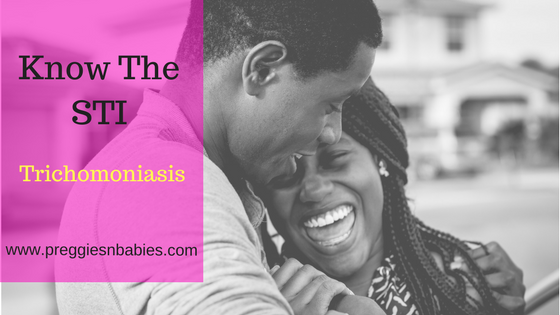Know the STI: Trichomoniasis

Trichomoniasis (also known as Trich) is a commonly occurring STI caused by Trichomonas vaginalis, a protozoan parasite. Trichomoniasis can stay for months or even years without treatment. It increases one’s chances of getting other STI’s or HIV. Good news is it can be easily cured.
How does one get infected?
Like every other sexually transmitted infection, it is gotten from an infected person during sexual intercourse, through the vagina or the penis coming in contact with semen, pre-cum or vaginal fluid. It is more common in women than in men; the most commonly infected part in women are vulva, vagina, cervix, or urethra. In men, it commonly affects the urethra which is inside the penis.
It is spread from the penis to the vagina, the vagina to the penis, and from vagina to vagina.
Symptoms
Women infected with Trichomoniasis may notice:
- Yellow-green, frothy, odorous discharge (fishy smell) and vulvar itching.
- A change in vaginal discharge (can be increased or reduced).
- Difficulty or pain during urination.
- Pain during sexual intercourse.
- Itching, burning, redness or soreness of the genitals.
Men infected with Trichomoniasis may notice:
- Itching or irritation inside the penis.
- Burning sensation after urination or ejaculation.
- Discharge from the penis.
Pregnancy
Sexually transmitted infections affect pregnancy in different ways. Pregnant women with Trichomoniasis may be at increased risk of premature rupture of membranes (water breaking too soon), preterm birth, and low birth weight.
Treatment
It is usually treated with antibiotics. visit a sexual health clinic and seek appropriate treatment.
If you are in Lagos and need to find one visit ReproHLag page now!
Sharing excites me please like, share and drop a comment.
post compiled from:
Centre for disease control and prevention(2018). Trichomoniasis- CDC fact sheet. Retrieved from www.cdc.gov
NHS Choices(2018). Trichomoniasis. Retrieved from www.nhs.uk
olds maternal, newborn nursing and women’s health across the lifespan(2015)

[…] aware of the sexually transmitted infections(STI’s) out there, STI’s are not a good thing and no one will tell you they have an STI (most times […]